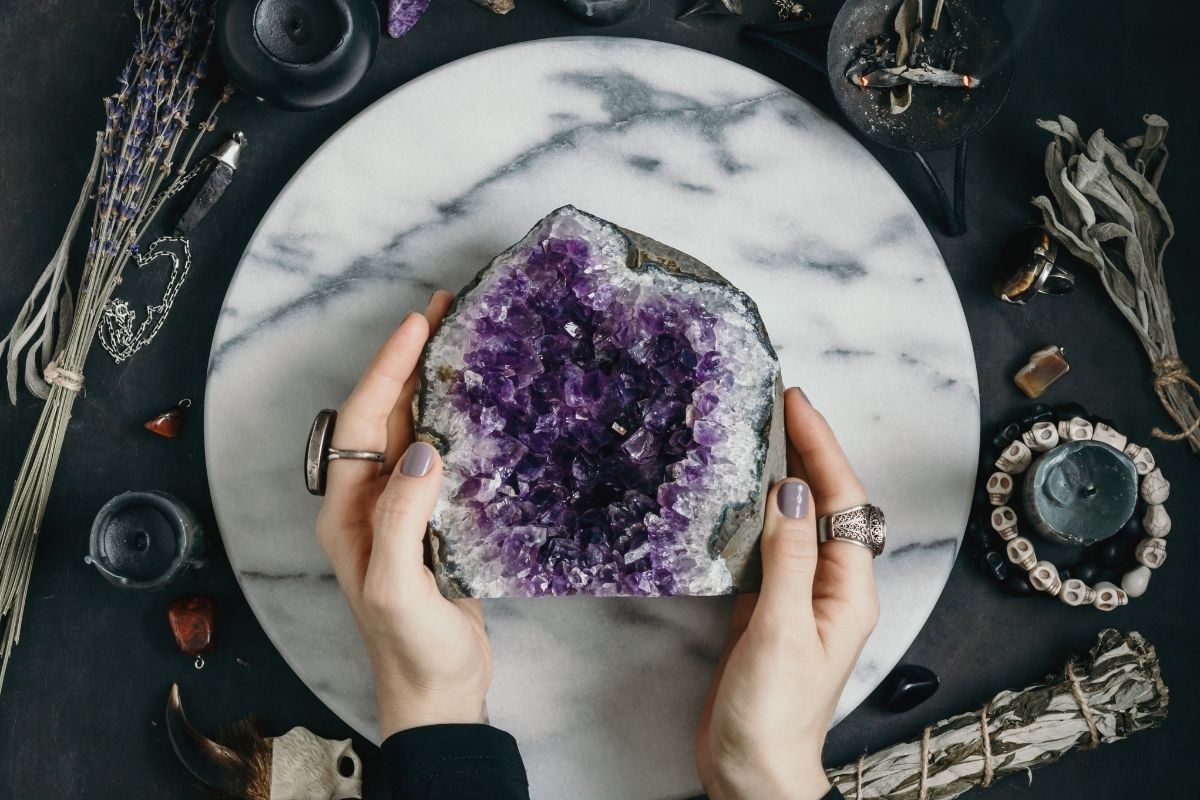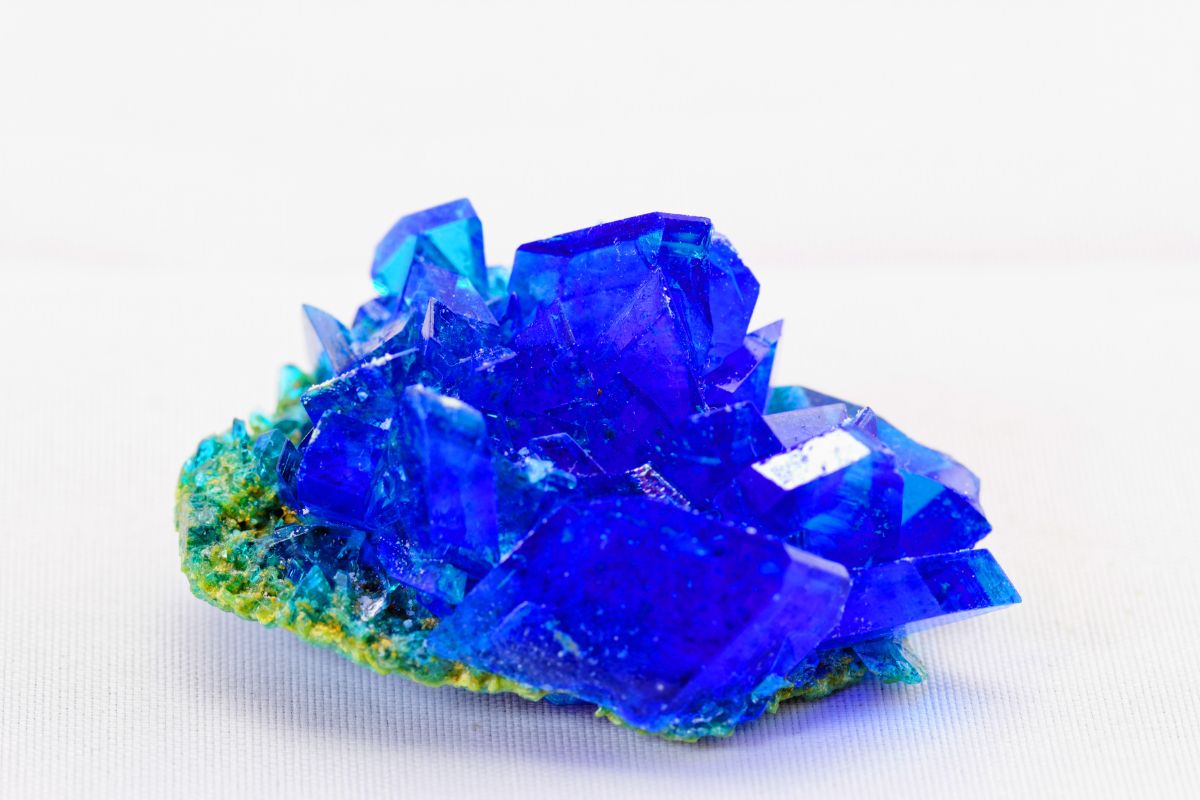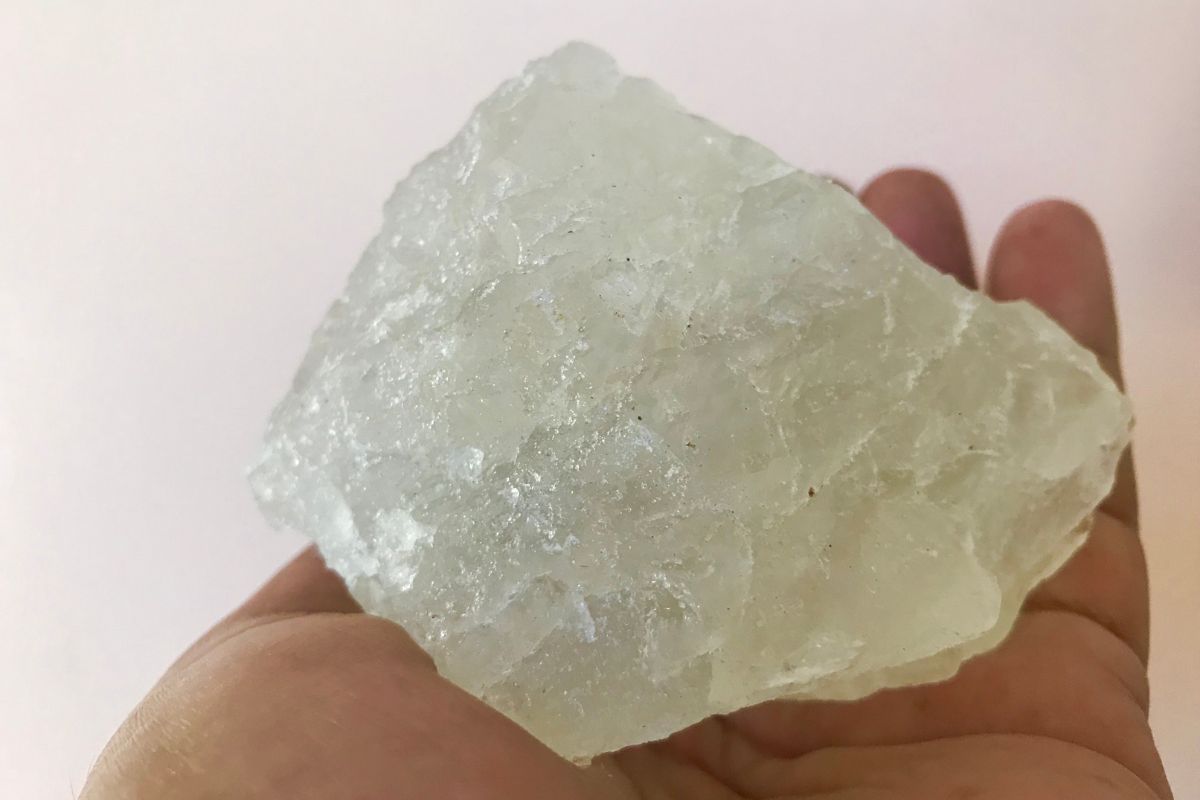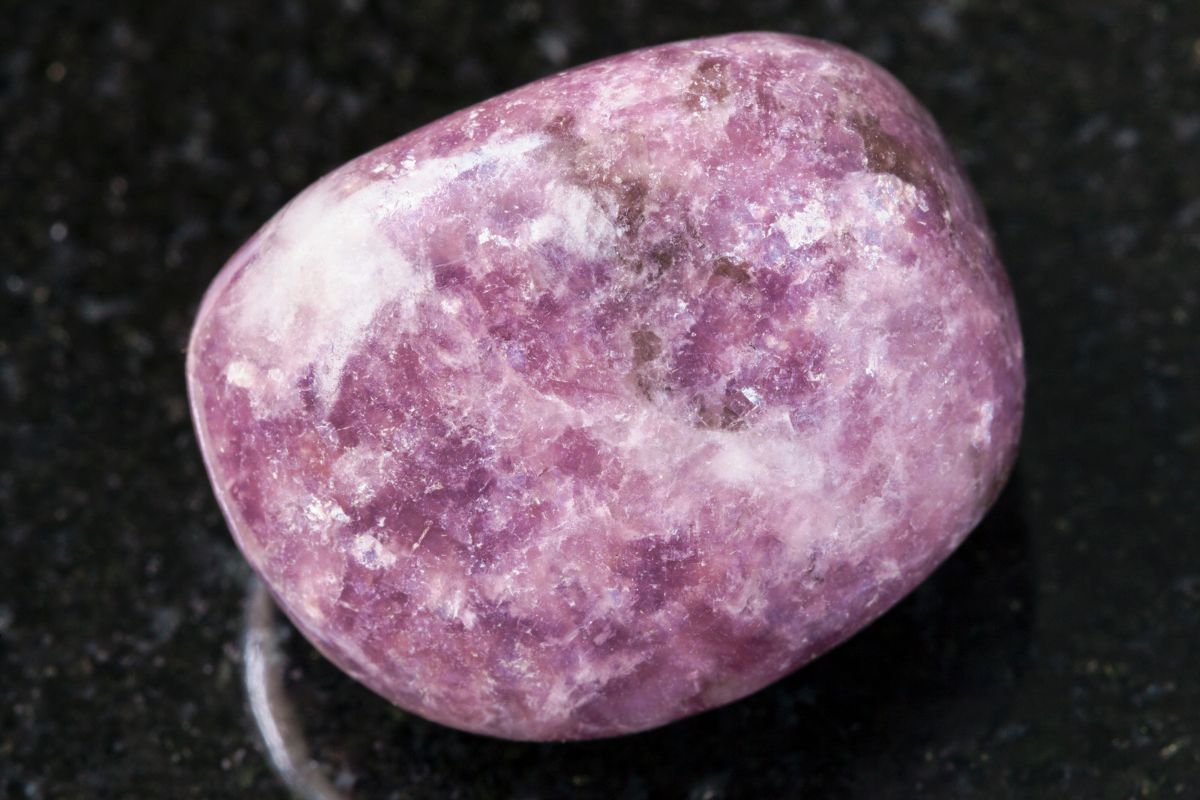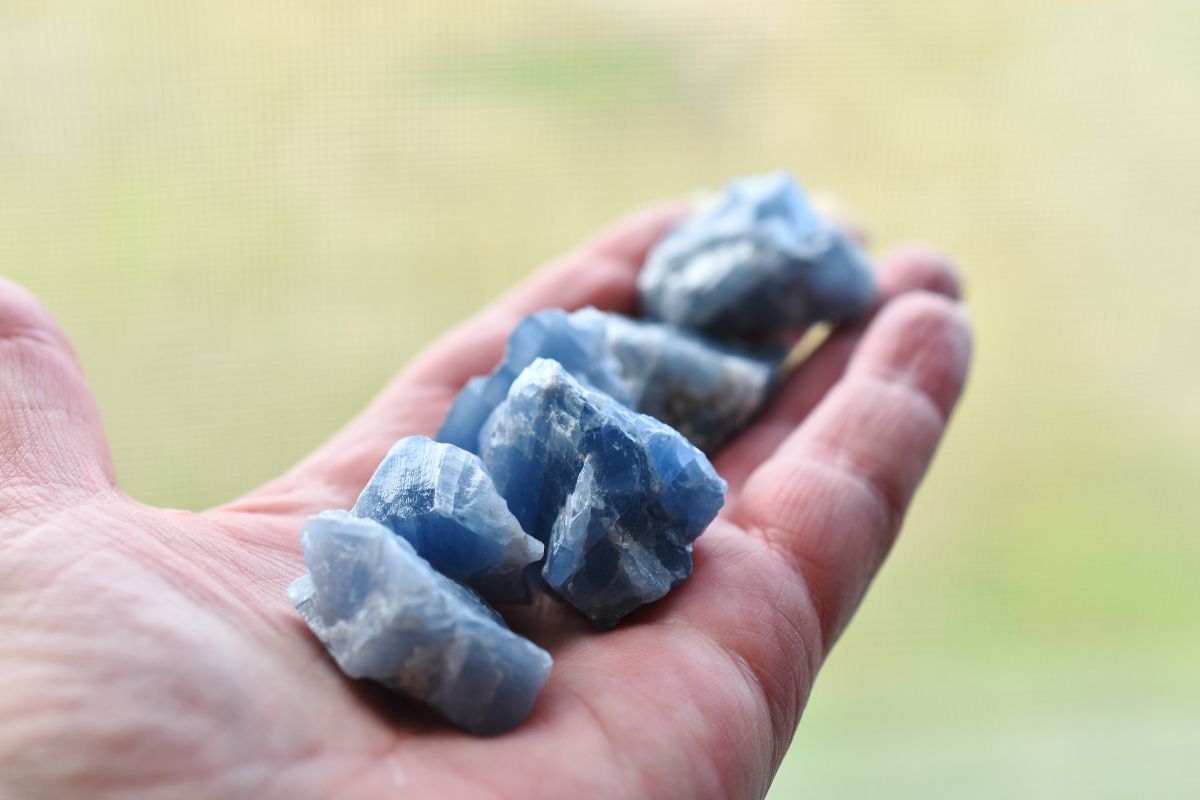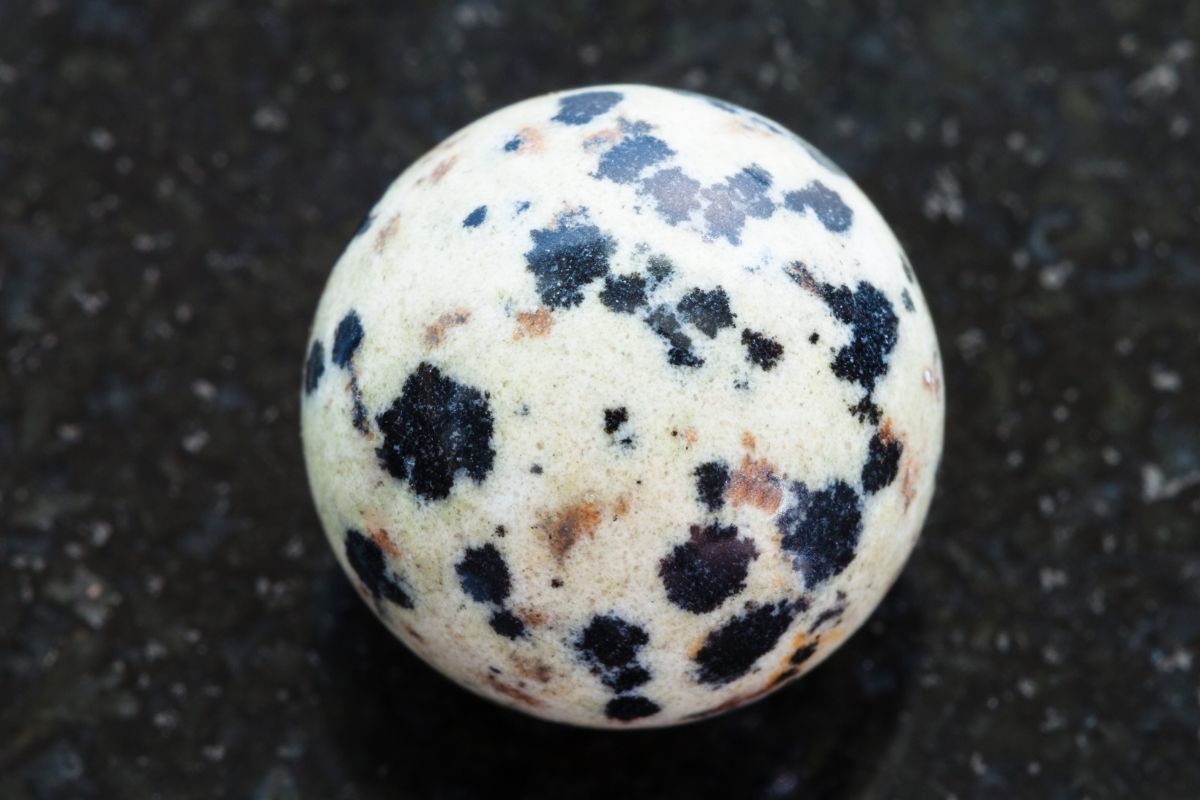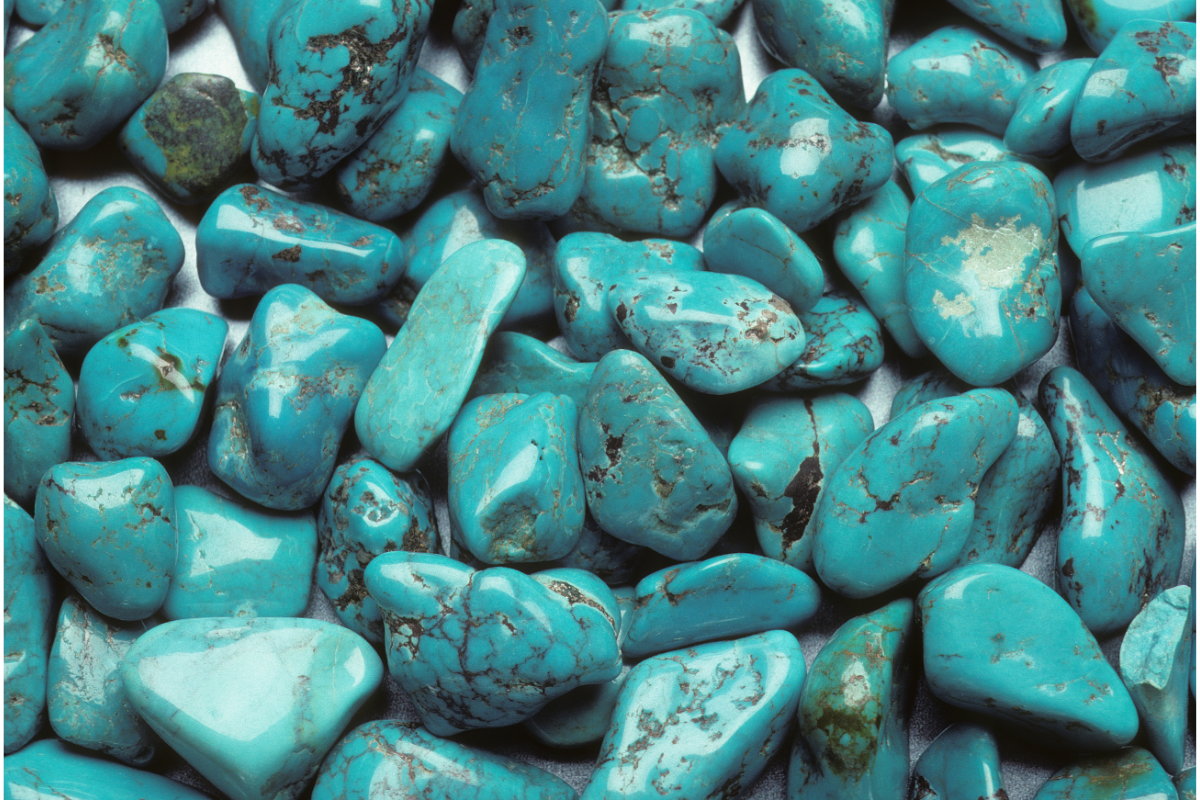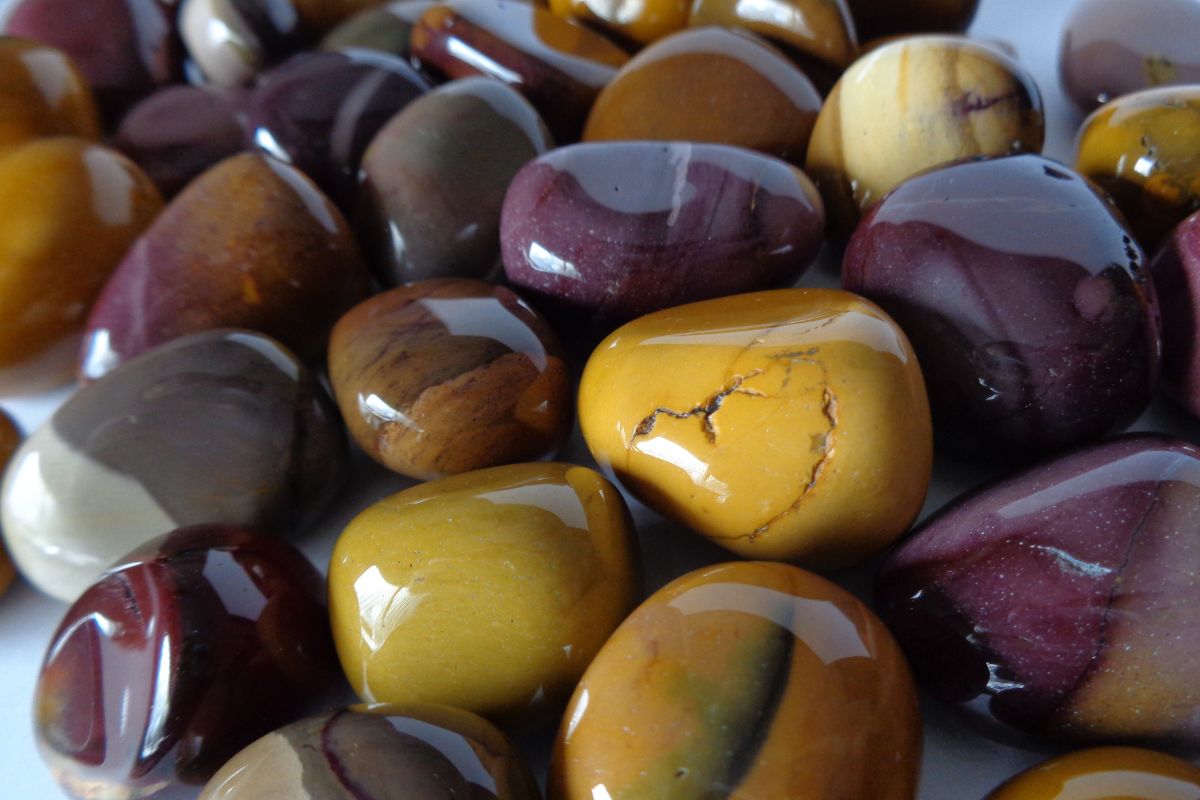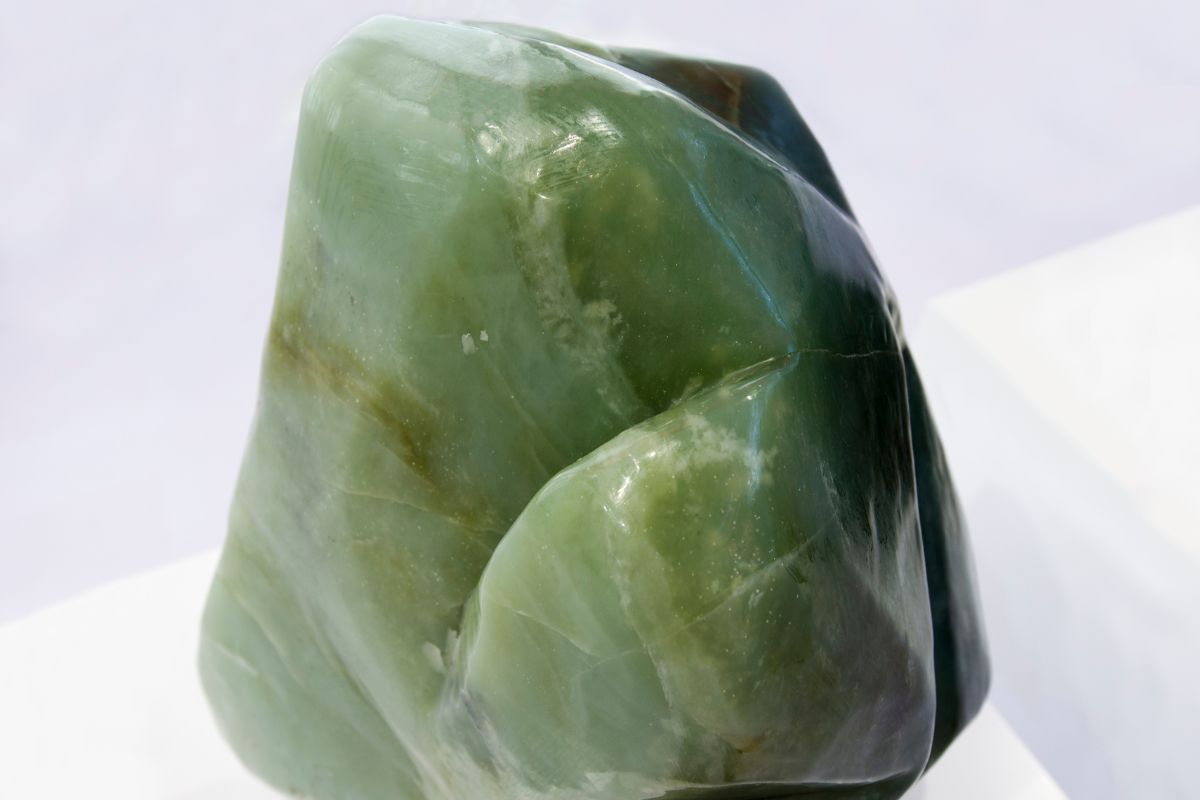If you’ve recently become interested in gemstones, you will know that there are many different ones out there. With so many different colors, patterns, uses, and values, it can be difficult to learn which one is which.
Alexandrite is a particularly gorgeous gemstone with a lot of intriguing properties, but if you’ve only just heard of it you might want to know some more about it.
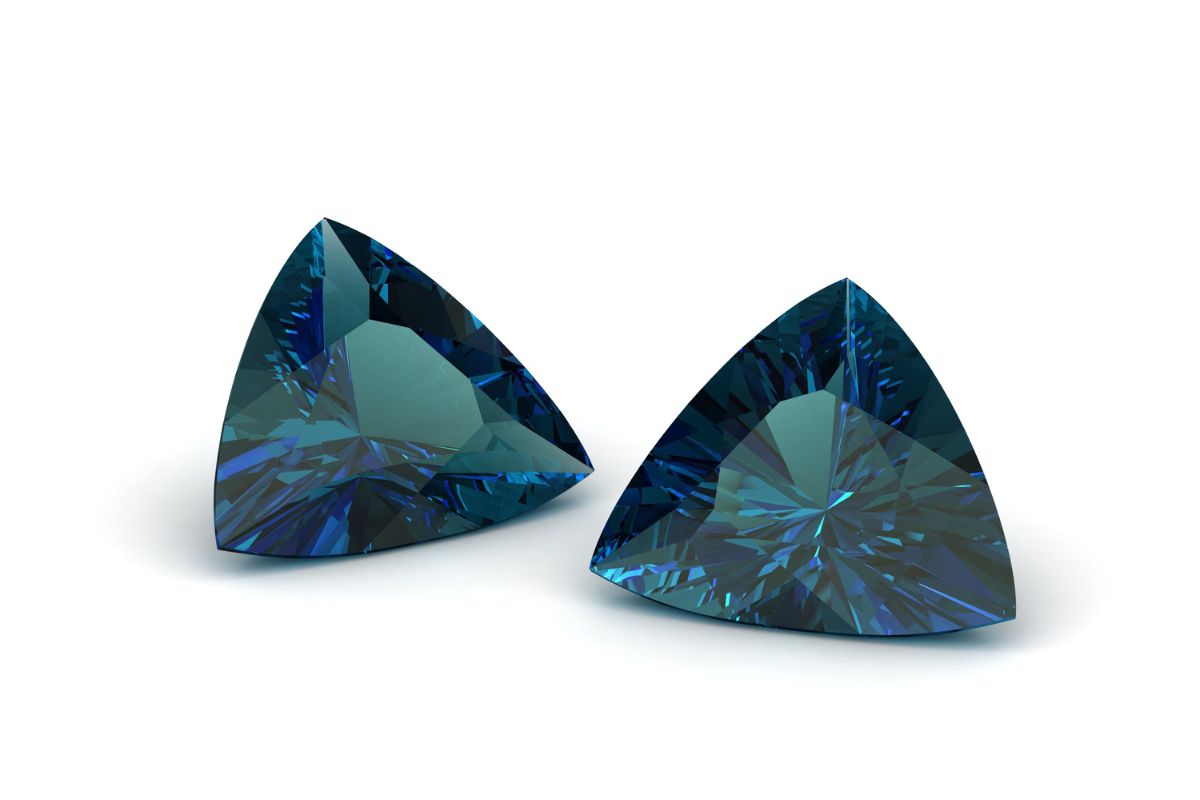
So what color is Alexandrite? Are there different variations? Where does this gemstone come from? If you’re wondering about these questions, then you’ve come to the right place!
In this article, we’re going to take you through everything you’ll need to know about Alexandrite. We’ve also made sure to include a short Frequently Asked Questions section to help answer any other questions you may have.
What Is Alexandrite?
Alexandrite is a variation of the mineral (or gemstone) chrysoberyl. To understand how alexandrite is different from regular chrysoberyl and its other variations, we need to understand a little more about what chrysoberyl is.
In short, chrysoberyl is an aluminate (meaning a compound that contains aluminum) of beryllium (a chemical element). Its name comes from two greek words that mean ‘gold-white spar.’
It is an extremely hard natural gemstone and can be found in a few different forms. This is where we get alexandrite from, including its other color variations.
So then, the three main variations of chrysoberyl are ordinary (green to yellow), cymophane (or cat’s eye), and finally alexandrite.
Alexandrite is arguably the most interesting and beautiful of the variations, as it can appear as two different colors depending on certain external factors. We’re going to explore this in detail in a later section.
Where Does Alexandrite Come From?
Alexandrite is a rare gem that wasn’t discovered until the late 1800s.
Although its exact first discovery is unknown, one popular story says that it was discovered by Finnish mineralogist Nils Gustaf Nordenskiold.
The story is that he discovered it in a sample he received from a colleague, and then chose to name it after Emperor Alexander II Romanov.
This initial discovery is, however, often disrupted and some people believe that it was discovered by stonecutter Yakov Kokobvin.
Alexandrite can be found in many places around the world. Some of the most famous deposits are located in India, Madagascar, Tanzania, Sri Lanka, Brazil, and the Ural Mountains in Russia.
It’s worth noting that something similar to Alexandrite can now be synthesized in a lab, although this can be difficult to do and isn’t often done.
What Color Is Alexandrite?
Alexandrite has a strange property when it comes to color. It actually changes color depending on the light that it’s interacting with.
Alexandrite can undergo small changes in its amount of aluminum, which means that intense absorption of light causes it to appear yellow or green during the day.
At night, Alexandrite turns into a kind of ruby color. This makes it a very unique gem that people have loved ever since its discovery in the late 1800s.
However, the color of Alexandrite can change slightly depending on where its sourced from.
For example, Alexandrite sourced from the Ural Mountains in Russia (a popular place to find it) comes out as red and green—our previously mentioned, most popular color variation.
But other kinds of Alexandrite may be different and color change between pink and yellow, or yellow to a different, darker shade.
The truth about Alexandrite is that the true color-changing stones—green to red, are the most expensive kind and what most collectors search for.
The Spiritual Meaning, Properties, And Benefits Of Alexandrite
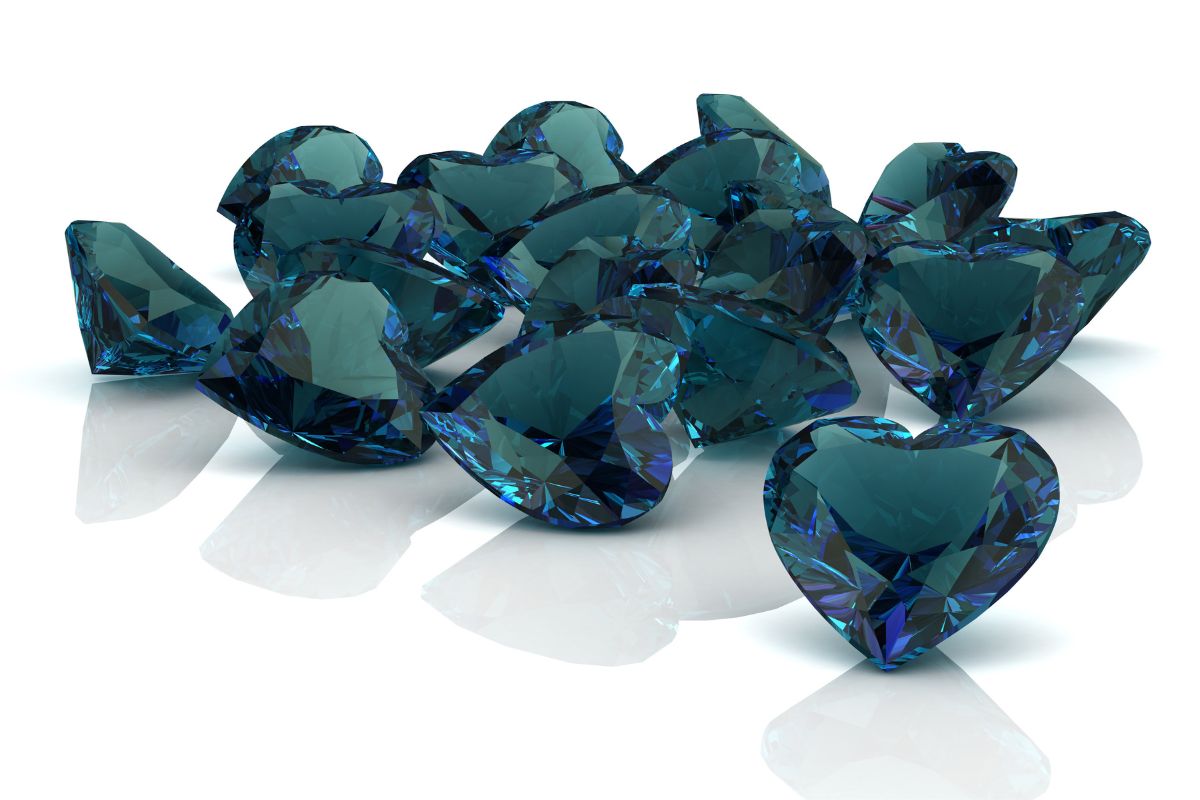
When it comes to spiritual beliefs around this stone, there have been many since its discovery in the 19th century.
In this section, we’re going to take a look at some of the most common spiritual beliefs, properties, and benefits around this unique and beautiful gemstone.
To begin, Alexandrite is generally seen as a positive stone that evokes grace, glory, and beauty.
Healing Properties
Some people believe that Alexandrite has important healing properties. It is often worn by those who are recovering or trying to combat some kind of difficult illness—be this physical or mental.
Alexandrite is often linked to some internal parts of the body including vital orangs such as the pancreas and the spleen. It is thought that Alexandrite can be used to detoxify these parts of your body.
Emotional Properties
Some believe that Alexandrite is a great gem to wear or stay close to when you are in need of hope and self-esteem.
Because of its constant color shifting, it can help you to reflect upon your life and find new ways to adapt, especially after a difficult time in your life. It also is thought to represent balance, as its changing color can be seen as representing this.
Final Thoughts
So that was our short guide on Alexandrite. The color of this unique gemstone can change depending on the light that’s shining on it, human perception, and the variation of the stone.
The most sought-after versions of this gemstone are yellow and red, but this is rare and there are often much weaker versions of it.
Alexandrite has been harvested most commonly from the Ural Mountains though there are other deposits across the world.
We hope that our article has helped you to understand more about this unique and important stone and that you’re now a lot more confident about what it is and what you can use it for.
If you still have some questions, check out our FAQ section below.
Frequently Asked Questions
What Is The Best Way To Use Alexandrite?
We would recommend wearing Alexandrite, no matter what you’re looking to use it for.
Some people choose to wear Alexandrite as part of their jewelry as it gives them a constant reminder of balance and the transition between night and day.
How Do I Clean Alexandrite Stones?
It’s important to keep Alexandrite clean.
A small amount of warm water can help keep your gem healthy, but be careful about leaving it submerged in water for long periods of time, as this can damage the stone.
- 15 Crystals That Cannot Be Exposed To The Sun - January 7, 2024
- Malachite Vs Fuchsite – Benefits And Uses - January 7, 2024
- Malachite Vs. Green Jasper: Benefits And Uses - January 7, 2024


